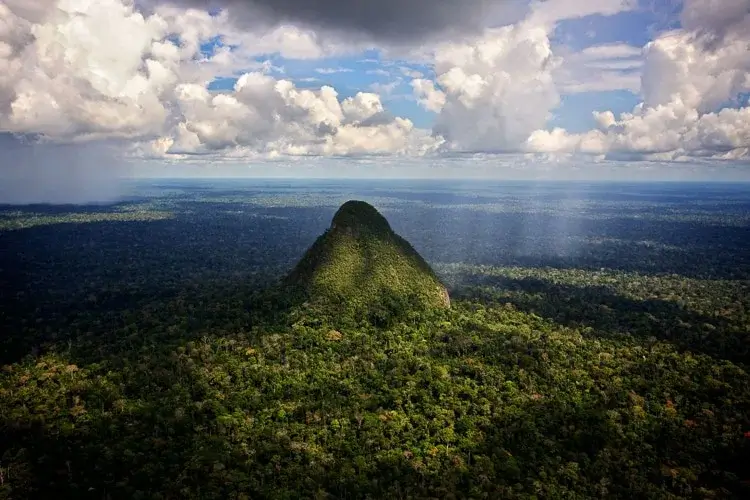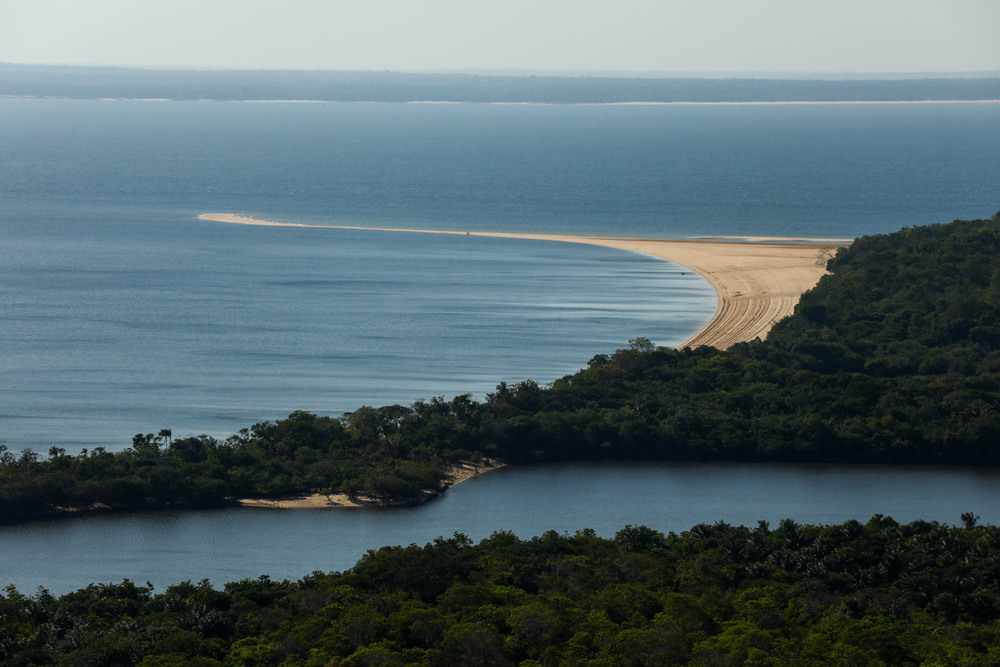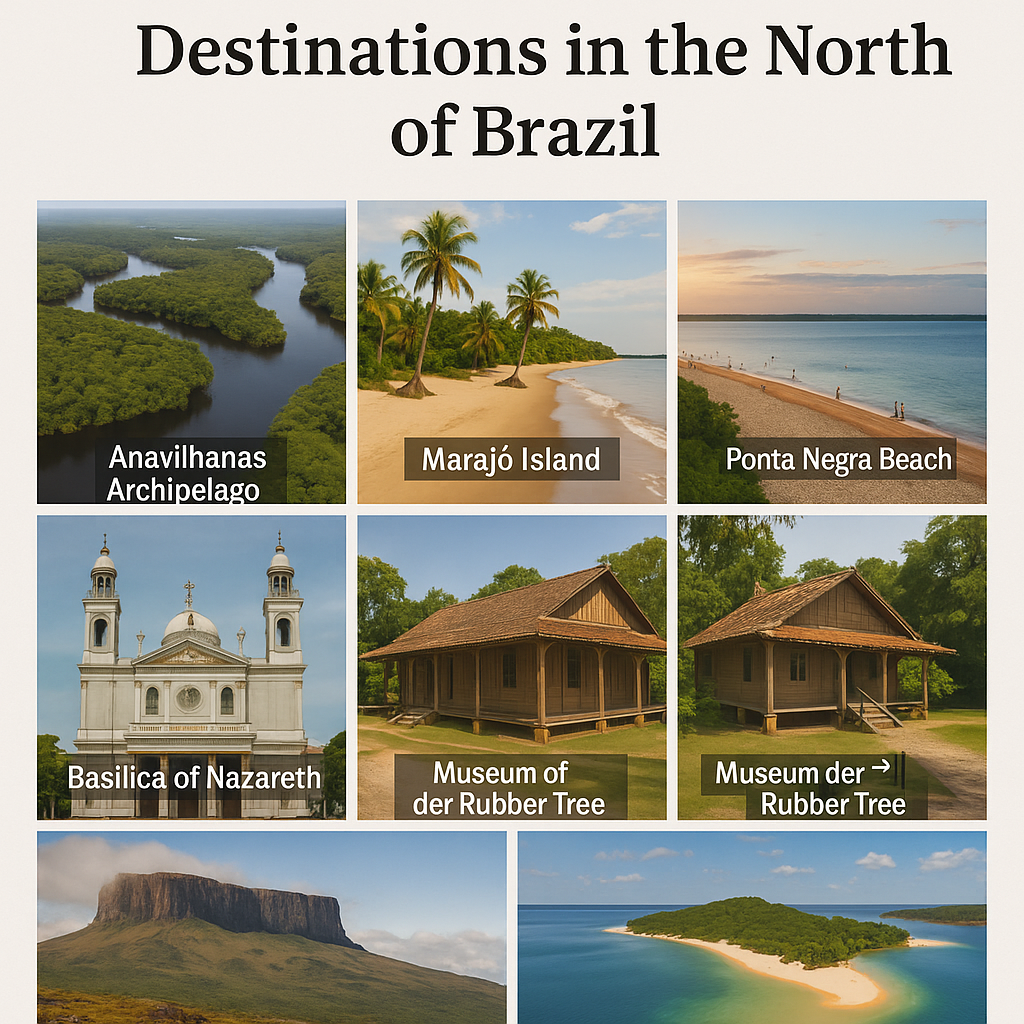If there’s one avenue that embodies the soul of São Paulo, it’s undoubtedly Avenida Paulista. One of the city’s largest and most important landmarks, it’s not just a major traffic route but also a hub of culture, history, and social life. It’s no wonder this avenue has become one of Brazil’s most iconic urban symbols, with its mix of modernity, history, and diversity.
What Makes Avenida Paulista Special?
Avenida Paulista is not just a street – it’s the backbone of São Paulo, connecting different neighborhoods and communities, while pulsating with a unique energy. With its 2.8 kilometers of length, it stretches from the elegant Paraíso to the lively Consolação, cutting through the heart of the city with its impressive architecture and cosmopolitan atmosphere.
It has everything: towering buildings, cultural centers, renowned museums, a wide variety of restaurants to please every palate, and of course, a spectacular view of Paulistano life, with its frenetic pace and innovative vibe.
History of Avenida Paulista
Inaugurated in 1891, Avenida Paulista started as a high-end residential area, primarily aimed at São Paulo’s elite at the time. Over the years, the avenue underwent a radical transformation, keeping pace with the growth and modernization of São Paulo. Today, it’s impossible not to notice the blend of modern skyscrapers and the old mansions that have withstood the test of time.
Throughout the 20th century, the avenue began to house companies, financial institutions, and cultural centers, becoming a symbol of economic power and influence in the country. It’s no surprise that it’s considered one of the most important avenues in Latin America, serving as a business hub and a highly sought-after tourist destination.
What to Do on Avenida Paulista?
When you think of Avenida Paulista, what comes to mind? The answer should be: a lot of things! The avenue is a true microcosm of São Paulo, where modernity meets history, and urban chaos blends with moments of tranquility. Here are some must-do activities for anyone visiting the avenue:
- Museums and Cultural Centers:
- MASP (São Paulo Museum of Art): With its iconic architecture and world-class collection, MASP is one of the largest art museums in Latin America. Located at number 1578 on the avenue, the museum offers permanent and temporary exhibits from renowned artists, along with one of the most amazing views of São Paulo.
- Casa das Rosas: A space dedicated to literature and culture, with classic architecture and a charming garden. Casa das Rosas hosts cultural events, exhibitions, and literary presentations that capture the intellectual spirit of the city.
- Centro Cultural Fiesp: Offering free cultural events such as art exhibits, theater, and film, Centro Cultural Fiesp is a must-visit for anyone looking to immerse themselves in São Paulo’s arts and culture.
- Strolls and Shopping: The Paulista sidewalk is perfect for those wanting to explore São Paulo’s urban life. With various shops, cafes, and malls like Shopping Pátio Paulista and Shopping Center 3, you can spend hours strolling between windows or stop for a coffee at one of the charming cafés along the avenue.
- Parks and Relaxation: Despite being a bustling urban center, Avenida Paulista has spaces for those seeking a break from the hustle and bustle. The Trianon Park, located right in the middle of the avenue, offers a green respite between the skyscrapers and is a great place to relax, take a walk, or simply enjoy nature.
- Nightlife: When the sun sets, Avenida Paulista takes on a new life. With an abundance of bars, restaurants, and nightclubs, the avenue offers a diverse nightlife scene. From sophisticated bars to more alternative and laid-back spaces, there’s something for everyone’s taste.
Avenida Paulista and Its Culture
Avenida Paulista is also a true cultural stage. It’s the meeting point for artistic expressions, festivals, and events that involve the entire city. On Sundays, the avenue transforms into an open space for the public, with the MASP Art and Antiques Fair and other outdoor activities. Additionally, it is one of the largest centers for political events and demonstrations in Brazil, bringing people from all walks of life into a democratic space for expression.
Another important point is the LGBT Pride Parade, which takes place annually on the avenue and is one of the largest celebrations of diversity and inclusion in the country, bringing visibility and support to the LGBT+ community in one of the world’s largest urban centers.
Fun Facts About Avenida Paulista
- Avenue of the Future: Originally, Avenida Paulista was planned to be an avenue of the future, being one of the first to have wide sidewalks, trees planted, and modern infrastructure for its time.
- São Paulo’s First Skyscraper: The first skyscraper in São Paulo, the Edifício Paulista, was inaugurated on Avenida Paulista and symbolized the city’s rise as a modern metropolis.
- Vibrant Culture: The avenue reflects São Paulo’s culture, a melting pot of influences from all over the world. It’s not uncommon to see street artists, musicians, and performers scattered along the avenue, making it even more vibrant.
Conclusion
Avenida Paulista is much more than just a street. It is a reflection of what São Paulo represents: a dynamic city, full of contrasts, rich in culture and history, with an energy that never stops. Walking along this avenue, you experience the essence of the city, where the past and the future meet in a unique way.
So, the next time you’re in São Paulo, don’t forget to take a stroll down the avenue. After all, Avenida Paulista is where you’ll find the true soul of the city: bustling, diverse, and timeless.







